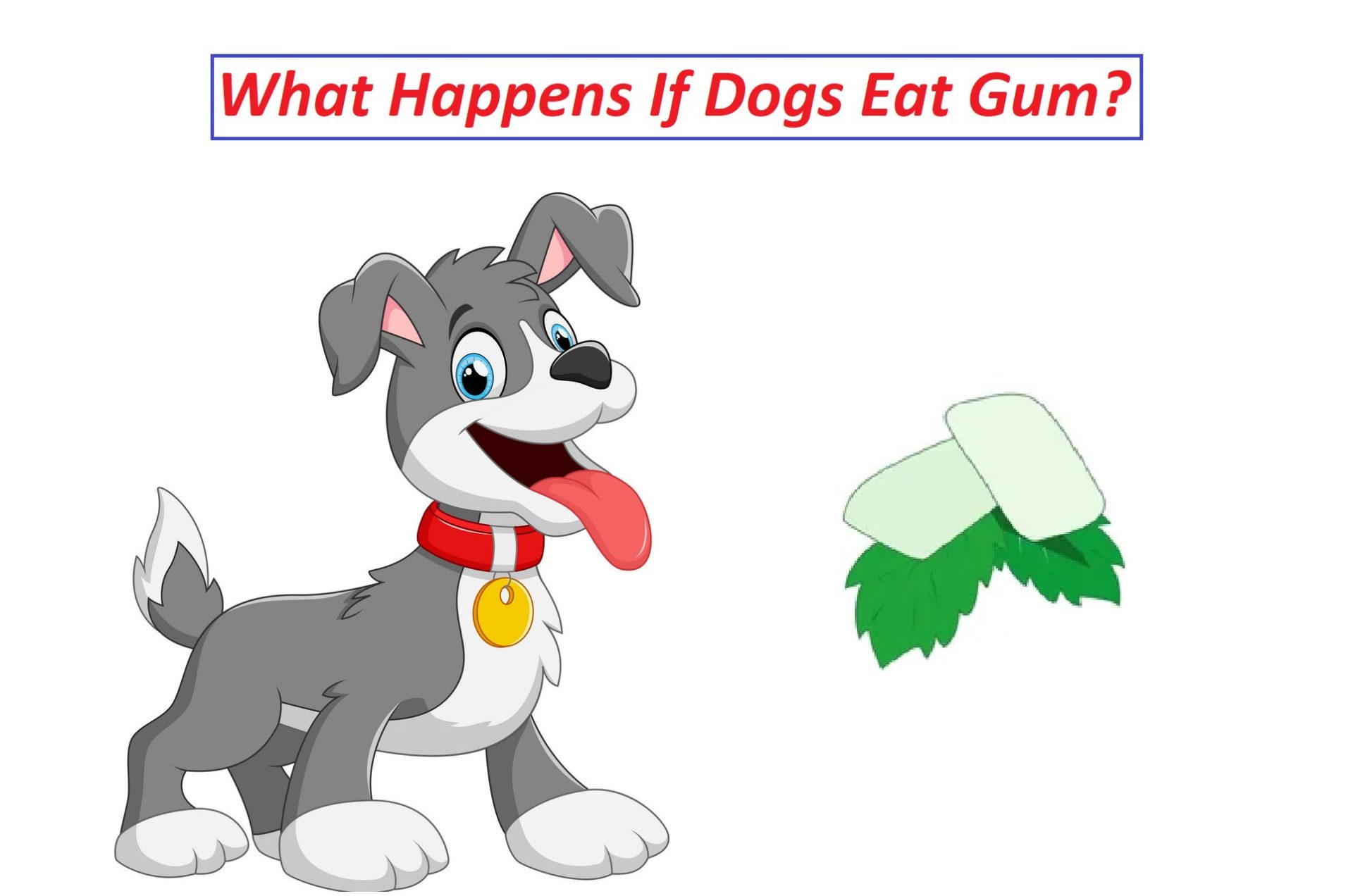What happens if your dog eats a piece of gum? If your dog accidentally eats your chewing gum, you might be worried about what could happen and whether it’s an emergency. Dogs can react differently to gum than humans, and sometimes it’s okay, but other times they might get sick and need to see a vet.
In short, some gum contains a sweetener called xylitol, which can be harmful to your dogs. Dogs eating gum, especially with xylitol, can lead to sudden drops in blood sugar levels, posing a threat to their health. Most of the time, your dog will be okay and won’t show any problems after eating gum. However, there are cases where they could get really sick, so it’s important to keep an eye on them and get help if needed.
What is Xylitol?
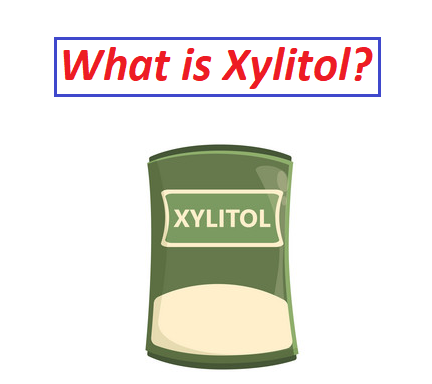
- Xylitol is a kind of sweetener that’s low in calories and acts like sugar but isn’t really sugar.
- It’s not just a sweetener; studies show it might help keep teeth healthy, prevent ear infections, and has some antioxidant properties.
- You can find xylitol naturally in small amounts in fruits, veggies, trees, corncobs, and even in our own bodies.
- Lots of products like gum and toothpaste have xylitol in them. People also use it as a sweetener on tables or in baking.
- The reason companies use xylitol instead of sugar is because it’s just as sweet but has fewer calories.
You may like to read: Why Is My Dogs Nose Always Dry?
Symptoms of Xylitol Toxicity in Dogs
After your dog eats gum, look out for these common signs:
- Weakness
- Stumbling
- Tremors
- Collapse
- Seizures
- Coma
Determining Whether it’s an Emergency
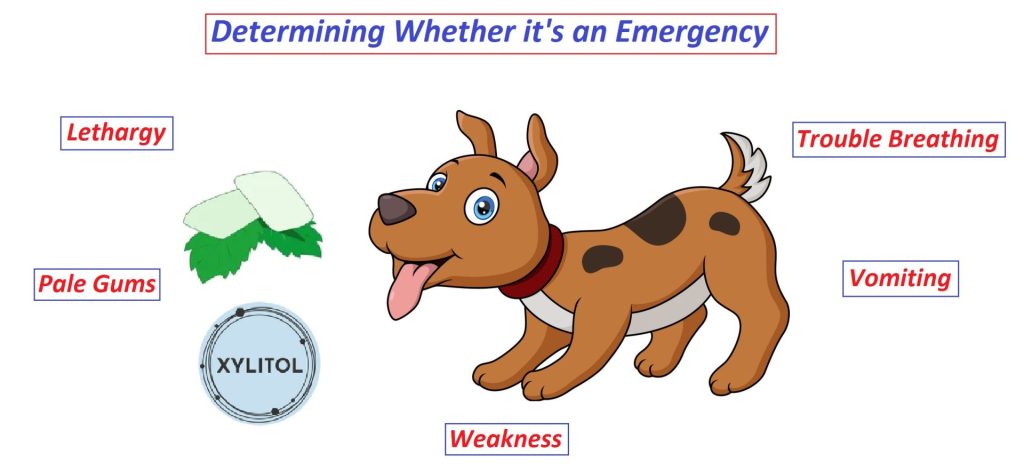
If your dog eats gum, it can be harmful. This is a serious medical issue, and you should take your dog to the vet if they have any of these signs:
- Lethargy
- Weakness/Collapsing
- Trouble Breathing
- Pale Gums
- Vomiting
- Tremors/Seizures
Even if your dog seems fine, it’s a good plan to get in touch with your vet. They might want to keep an eye on your dog just to be safe.
Sugar-Free Gum Without Xylitol
If your dog eats gum that doesn’t have xylitol, it might make their tummy feel upset, especially if they ate a lot. Watch your dog closely because even though this gum isn’t poisonous, it can cause problems like a blockage in their belly. Signs of a belly blockage include drooling, throwing up, not wanting to eat, and belly pain.
Since dogs are curious, it’s a good idea to use gum without xylitol in the future to avoid any big issues.
You may like to read: What Frogs Are Poisonous To Dogs? [ Expert Guide]
What to Watch for in the First 30 to 60 Minutes
- Watch your dog closely for 24 hours after it eats gum, especially in the first 30 minutes to an hour.
- Serious symptoms may show up early, so getting your dog to the vet quickly is important to avoid complications.
- It takes 10-24 hours for gum to pass through a dog’s system since the body can’t easily break it down.
- If your dog eats a lot of gum, including the wrapper, it could lead to a blockage in the intestines.
- Signs of a blockage may take a few days to appear and can include vomiting, abdominal tenderness, constipation, loss of appetite, or unusual behavior.
- It’s hard to tell if your dog is sick or has a blockage, so X-rays may be needed to check.
- If the gum gets stuck, surgery might be necessary, so it’s crucial to address the issue promptly.
- Don’t try to pull gum out if you see it in your dog’s poop; instead, take your dog to the vet for safe removal.
Treatment for Xylitol Poisoning
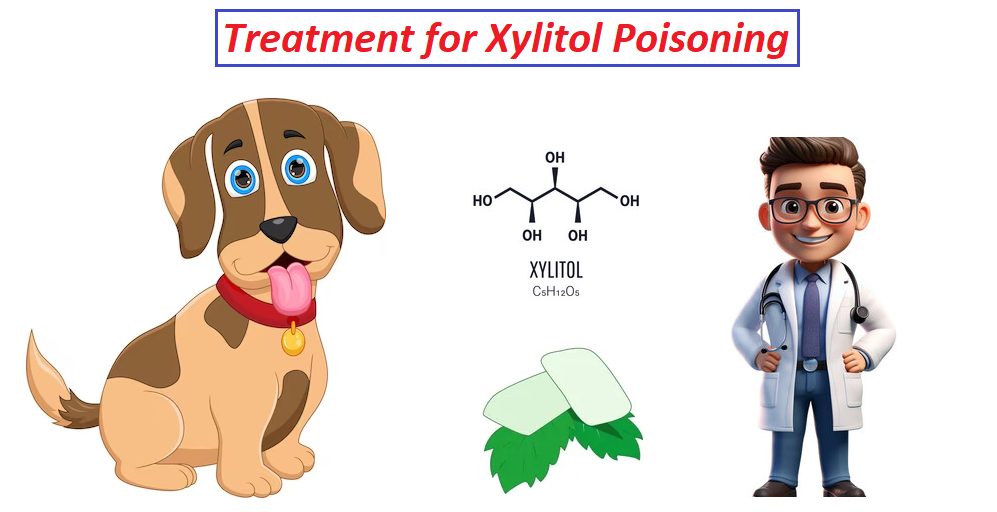
If you think your dog ate sugar-free gum or something with xylitol, call your vet right away.
Don’t make your dog vomit or give them anything unless the vet says so. Quick treatment is crucial. If your dog shows signs of low blood sugar, inducing vomiting can make it worse.
It’s good if treated promptly, dogs usually recover well from simple low blood sugar. Mild increases in liver enzymes often get better in a few days. But xylitol poisoning can be deadly without quick vet help.
There’s no specific cure for xylitol poisoning yet. Vets typically watch your dog for at least 12 hours, checking blood sugar and liver function. If the blood sugar stays too low, your dog might need 1 to 2 days of treatment with an IV glucose solution.
You may like to read: Why Is My Dogs Tongue White?- [Expert Guide 2023]
FAQs: What Happens If Dogs Eat Gum?
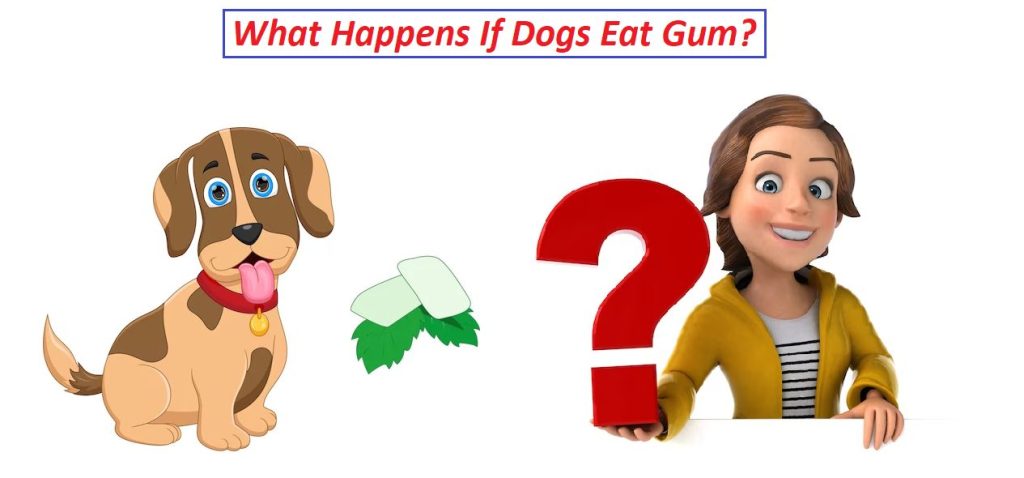
Still not satisfied? Here are some frequently asked questions:
What do I do if my dog ate gum?
When your dog eats something with xylitol, like gum, their body absorbs it fast. It only takes 30-60 minutes for xylitol to start harming them. That’s why you must take your dog to the vet right away if they’ve eaten anything with xylitol.
How much gum is toxic to dogs?
Dogs can get sick from xylitol, found in chewing gum. A small dog weighing 10 pounds could get poisoned from just one piece of gum, as it has enough xylitol.
What if my dog chewed gum but didn’t swallow?
Watch for signs like weakness, difficulty walking, extreme tiredness, or vomiting. If you notice these within an hour after your dog eats something, take them to the vet.
How long after eating gum will a dog show symptoms?
Watch for signs like weakness, difficulty walking, extreme tiredness, or vomiting in dogs. Xylitol is absorbed fast, causing a sudden insulin release, leading to low blood sugar in 10-60 minutes.
Can a dog recover from xylitol?
Dogs quickly helped for xylitol poisoning usually get better. But if not treated fast or eaten a lot affecting their liver, they might not survive.
How much xylitol can kill a dog?
Just a small amount of 500 mg of xylitol can make a big dog sick or even cause death in a small dog. One stick of xylitol gum has around 300 mg, making it very dangerous.

